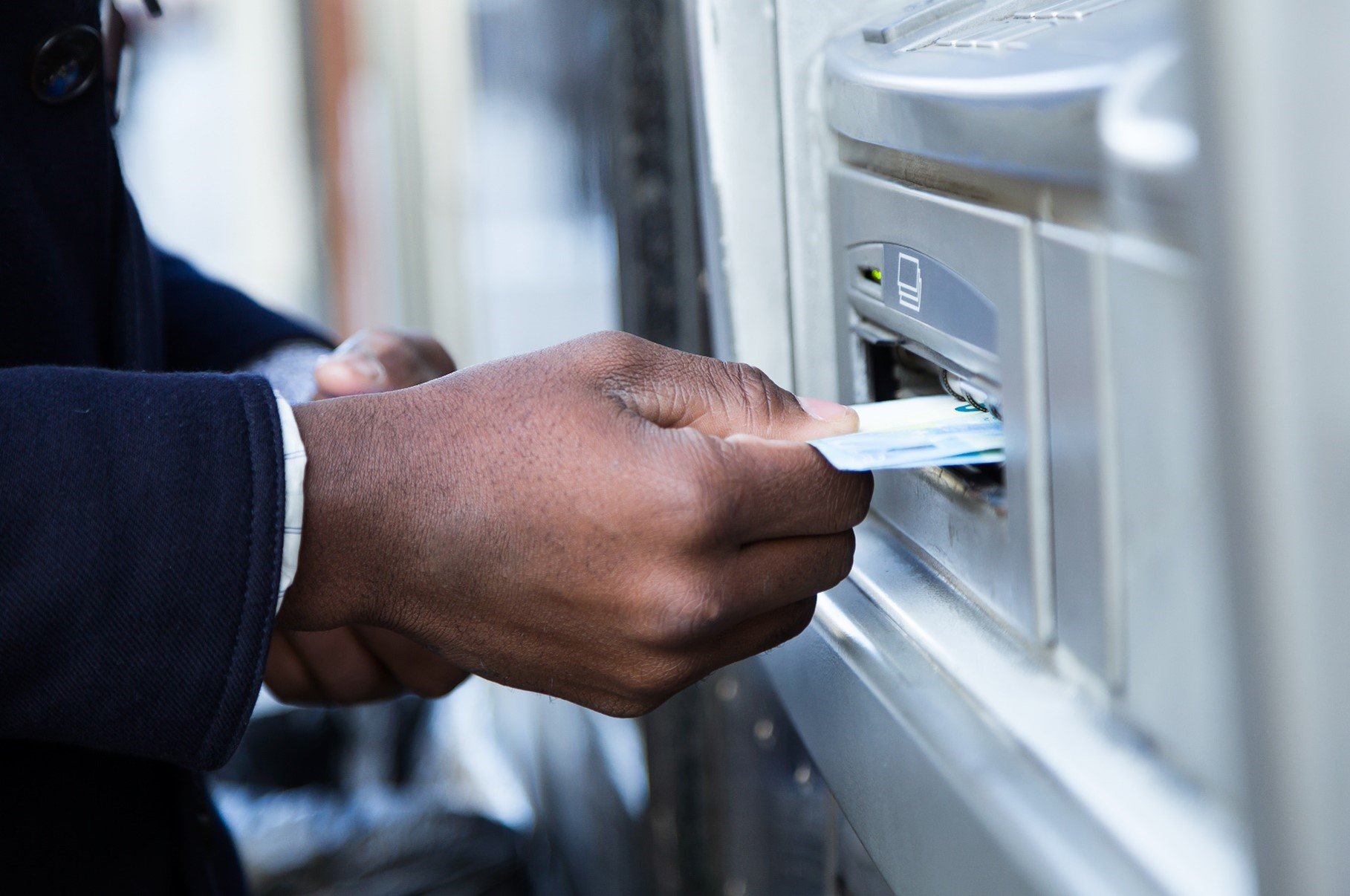
Edge use cases for retail, warehousing and logistics
Retail is a leading sector when it comes to adoption of edge use cases, given the need to constantly innovate and improve the shopper experience. Similarly, the pressures of an on-demand lifestyle are accelerating the use of edge to further automate processes across warehousing and logistics. This article spells out the key use cases across these three industries.
Retail, warehousing and logistics industries represent a myriad of possibilities for edge use cases, from making the back-end smoother and more efficient, to offering personalised experiences for in-store consumers.
Enterprises in these sectors are having to handle rapid growth in online retail orders, alongside customer demand for same-day or next-day delivery. This is a trend which has only accelerated in the current environment created by the Covid-19 pandemic, increasing our reliance on eCommerce. At the same time, retailers are struggling to maintain footfall to their stores – this was changing the high street even before the pandemic, but worsened since.
Edge computing fits into this wider context by enabling retail and logistics companies to transform digitally and take advantage of new solutions that will allow them to be more efficient, optimise back-end operations to and introduce exciting in-store experiences.
Retail edge use cases
Contextual digital-out-of-home advertising
Advertisers are always looking to personalise adverts as much as possible, as targeted advertising is more lucrative compared to untargeted advertising. To do so for digital-out-of-home (DOOH) advertising, data on each individual need to be captured and processed in real-time to deliver a contextual advert. By pushing this processing out to the edge, either on-site (for example in a shopping centre/mall) or on the network, this personal data can be analysed locally and generate real-time, relevant advertising. This also helps to counteract perceptions around the risk of aggregating personal data in the cloud. Compared to running analytics on the device itself, it is likely to be more cost effective and flexible to use an edge. Otherwise, retail companies need to invest in expensive screens that are difficult to replace.
In-store immersive experiences
Retail stores are increasingly using interactive digital media, to both encourage customers to spend more time (and money) in stores, but also to encourage consumers to shop in store, rather than online. Edge cloud can be used to run certain applications that need real-time human interaction, such as a mixed reality mirror in each changing room, while also enabling retailers to innovate, test and change applications.
Low latency is crucial to enable these interactions, thus setting the scene for edge compute. Furthermore, an edge compute solution is more scalable relative to an alternative, traditional on-premise solution or running the application on device would be more constrained in compute capacity. Edge compute also enables retailers to innovate and change their applications easily. Finally, it enables retailers to maximise space – retailers may not want lots of dedicated hardware to run these applications, particularly if space is limited and rent is expensive.
Flow analysis
Flow analysis and video technology can be used by organisations to gain more ‘modal’ insight into how customers, employees, users, and/or products move through their premises. Analysis of these video feeds can provide the organisation with actionable insights, such as where to stock high-value goods, where to stock goods that people will purchase on impulse, or where the most effective location for advertising (billboards) is.
To do so, the network of cameras generate vast quantities of footage which is both costly and time consuming to send back to and analyse in the core cloud. Using edge computing, footage can instead be analysed and “neutralised” on the edge cloud located on the organisations’ premises in a way that is compliant and privacy-safe.
Warehousing edge use cases
Real-time tracking of inventory
The increase in online shopping, as well as demand for faster delivery, has resulted in new challenges for logistics and retail companies. Keeping track of what inventory is in the warehouse, or in store, helps businesses make more informed decisions, as well as avoiding stock-outs. To keep up with this increase in demand, logistics and retail companies must have awareness of what stock is where in the supply chain at any given time, at the granularity of individual product level. To do so effectively, a company needs to collect large amounts of data on the real-time position and status of goods (for example, monitoring the temperature of fresh produce throughout the supply chain).
Pallet and product matching
To improve accuracy and speed up warehouse processes, smart cameras can be deployed to scan barcodes on each pallet to know what stock has been placed in each micro-location. Workers (or robots) can lift boxes, holding them in view of the cameras, which in turn reads the barcode metadata and provides a cue to indicate whether the box has been placed on the correct pallet. The metadata is then analysed in real-time, and the analytics platform can alert staff of fraudulent barcodes, or if pallets have simply been put in the wrong place. Data is then streamed in real-time between the edge devices, the warehouse management system, ERP software, cloud and warehouse employees. This is valuable to warehouses, as these are all about speed and accuracy, and they need to cope with fluctuations in volume traded (for example on Black Friday).

Robots (picking/AGV navigation)
Deploying robots can lead to more efficient warehouses, by reducing the error rates, higher customer satisfaction (due to fewer errors, but also due to shorter lead times resulting from the increased efficiency), as well as improved warehouse safety. Furthermore, using IoT analytics, as well as edge computing, robots can autonomously navigate the warehouse and collect the items that need to be collected. These analytics need to be done in real-time, particularly in the case of robot navigation, where robots steer and navigate the warehouse and must avoid other automated guided vehicles (AGVs).
Network slicing for warehouses
Using IoT and robotics to make warehouses more efficient requires reliable, secure real-time (wireless) connectivity. Current warehouses often rely on hardwired systems and short-range wireless technologies, which can lead to interference and security issues, as well as performance that is liable to degradation as more devices are added to the network. Private mobile networks for warehouses can help transform both productivity and operational efficiencies in a warehouse setting, while also enabling the ability to prioritise device traffic, ensuring quality of service for critical applications. To enable these private networks, LTE (or 5G) RAN and core must be run on-site, so edge computing is crucial to enable this application.
An extension of this would be to use shared network infrastructure to enable network slicing. This will allow enterprises to “pop up” private mobile networks when they want and with resources and capabilities tailored to their needs. This is particularly interesting to enable “warehousing-as-a-service” i.e. a logistics company being able to provide a warehouse on a rental basis for third parties for a short period, e.g. if the retailer needs to scale up its warehousing needs during a busy time.
Logistics use cases
Advanced predictive maintenance
Predictive maintenance is the ability to pre-emptively detect when a machine will fail, using data analytics. If an issue is predicted, a notification can be sent to the responsible parties, who can then ensure the machine is looked at and any parts/issues are resolved. This prevents a potential breakdown of the machine, reducing downtime and increasing the return on assets (up to 24%).
Predictive maintenance could be added to vehicles, tracking the performance of the vehicle parts, and sending information regarding performance. The performance data can subsequently be filtered at the network edge to reduce backhaul, for example filtering out alerts such as ‘tyre pressure = normal’, while letting through any alerts that indicate unusual vehicle performance.
Today, this is often using a device edge – i.e. a small computer in the vehicle – however, in the future a network edge can be used to avoid the need to run analysis in the vehicle itself and any risk of tampering.
Driver performance
Edge computing can be used to run video analytics to monitor a driver’s behaviour, for example looking at the speed they are driving and whether this is within the speed limits and their level of distraction. This information could both be used to alert drivers in the case of erratic or dangerous or the long-term analytics could be used, for example for training, improving safety (as more information will be collected on each driver, they could have more personalised schedules with stopping breaks), or even for insurance purposes, to demonstrate whether the driver is liable for an accident. Edge computing benefits this application by filtering the amount of data that needs to be sent and stored in the cloud, limiting the live stream to an edge for analysis.
Author: Giulia Bollen Gandolfo is a consultant at STL Partners, specialising in edge computing in enterprise, BSS and customer experience topics.
Read more about edge computing
Edge computing market overview
This 33-page document will provide you with a summary of our insights from our edge computing research and consulting work:
Edge Use Case Directory – Update
At STL Partners, our Edge Use Case Directory documents the top 50 use cases we have encountered across our work. We are constantly updating this to reflect the use cases which are garnering the greatest demand, and we have recently introduced three innovative use cases: High Frequency Trading (HFT), Smart ATMs and Sustainability Monitoring/Mapping. These cutting-edge applications highlight how edge computing is driving rapid transformation in financial transactions, banking security, and environmental surveillance
Edge computing in sports: use cases at the 2022 FIFA World Cup and beyond
From real time player tracking to wearable technology and enhanced fan experiences, edge computing is rapidly moving into the mainstream within the sporting world. In this article, we deep dive four examples of how a theoretical use case has been spun into a live deployment, both at the World Cup to across the sporting world.
AWS & Edge computing: Wavelength use cases and applications
AWS, together with telecoms partners like Vodafone and Verizon, has deployed Wavelength locations across the UK and the US.



